Peter Marino channels Mapplethorpe’s trinity of sex, flowers and nudes
Architect Peter Marino channels photographer Robert Mapplethorpe's trinity of sex, flowers and nudes at Gallerie Thaddaeus Ropac in Paris
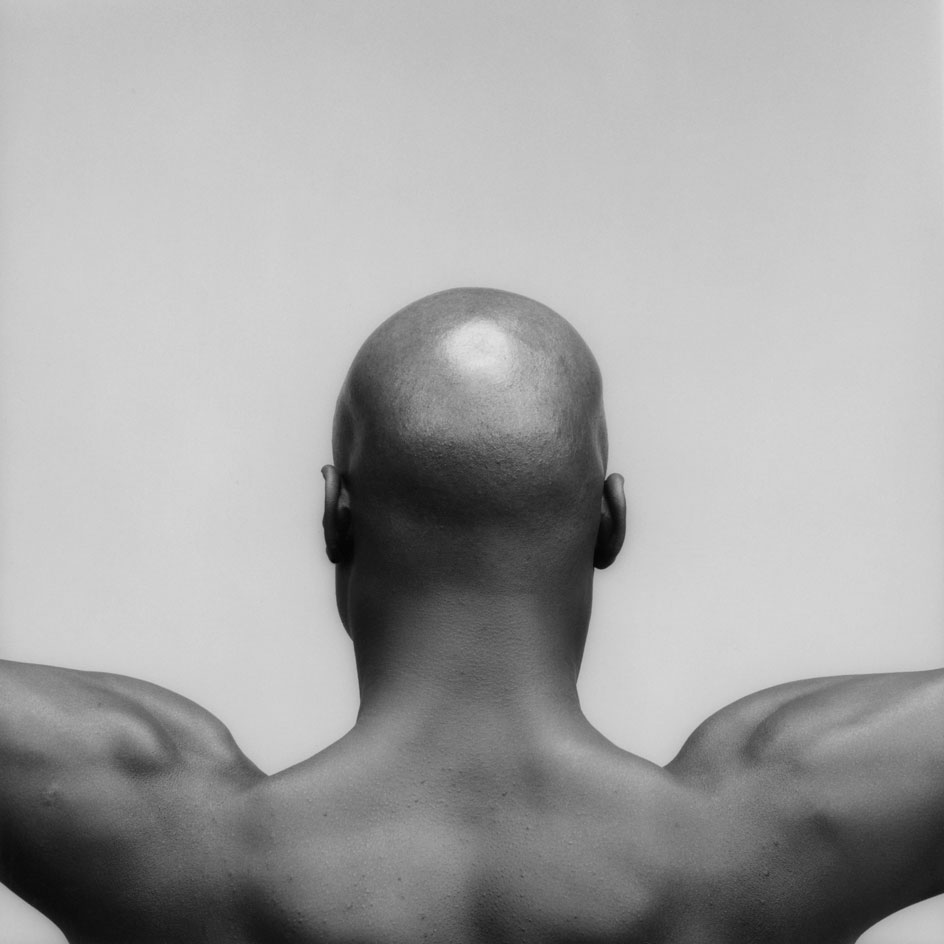
Every new show on Robert Mapplethorpe – and often, there are many running simultaneously – presents an opportunity to view his provocative work through a different interpretative lens. With Peter Marino as curator of 'XYZ', a Mapplethorpe exhibition at the Galerie Thaddaeus Ropac in Paris, the statement is as much about space as subject matter. Or, as he tells Wallpaper*, ‘I’m hoping to achieve something, if I may say, that appears a little more focused than what has been shown before.’
Most notably, the internationally renowned architect has impeded entry to the main gallery with a black wall featuring a trio of images that correspond to the themes of Mapplethorpe’s well-known X, Y, and Z portfolios (X for sex, Y for floral still lifes, Z for nudes). Visitors are forced to first confront this grouping – Marino’s so-called ‘table of contents’ – before turning one corner or the other to arrive into a darkened, temple-like space. It's a seemingly sacred backdrop for images that, at their most erotic extreme, might qualify as profane. Each of the three walls features an arrangement of 18 photos relating to the themes, but not, as Marino makes clear, a selection lifted directly from the portfolios. (Several have come from the permanent collections of the Guggenheim Museum, The Getty Museum and LACMA; Thaddaeus Ropac has represented the artist’s work since 2000).
This staging, says Marino, circumvents the feeling of 'walking into a void.' As revelatory as this sounds, given that it goes against most gallery architecture, it wasn’t his only reason. ‘I also don’t like, what I call, making value judgments. If, for a viewer, you walk directly into that wall, you are automatically saying, "Ah, that is my most important thing." And on purpose, I said, no, all three are equally important.’ Thus, the sadomasochism, sexuality charged flora and sculpted male nudity exist both independently of each other, and as a harmonised whole (one, that should be noted, is not suitable for children).
Finally, on the fourth wall (the reverse of the one installed for the show) is a single image of the photographer’s eyes, as if he has been watching everyone all along. In the outer gallery, meanwhile, is a series of 17 Polaroid images divided between explicitly sexual and intriguingly, experimentally abstract – the two sides of Mapplethorpe that Marino believes are 'never adequately explained'. In his mind, what they lack in aesthetic value, they make up for in establishing the artist’s early motivations.
If by this point, Marino comes off sounding a Mapplethorpe expert, that’s because he has been a collector for decades (he says they met briefly at Andy Warhol’s Factory but were never friends). In fact, his collection is so substantial that it will be traveling to Tokyo, followed by Osaka, for its own exhibition in 2017.
While Mapplethorpe isn’t known for obvious architectural themes – building facades, say – his style was unequivocally architectural. In fact, Marino began his personal collection with a tulip image because he was drawn to the shadow play from a mullioned window. ‘I always thought he had a very architectural eye,’ he says, adding how he arrived at the show's final edit by selecting examples in which Mapplethorpe worked both with and against ‘centrality’.
Asked what this reading of Mapplethorpe might reveal about him, Peter Marino, the architect laughs, pauses and replies, ‘I’m at a stage in life where I can afford to be brutally honest. I mean it’s liberating; it’s free; it’s great.’

Jason, by Robert Mapplethorpe, 1983. Marino has plucked works from Mapplethorpe’s well-known X (sex), Y (floral still lifes), and Z (nudes) portfolios. Courtesy of Galerie Thaddaeus Ropac and The Robert Mapplethorpe Foundation
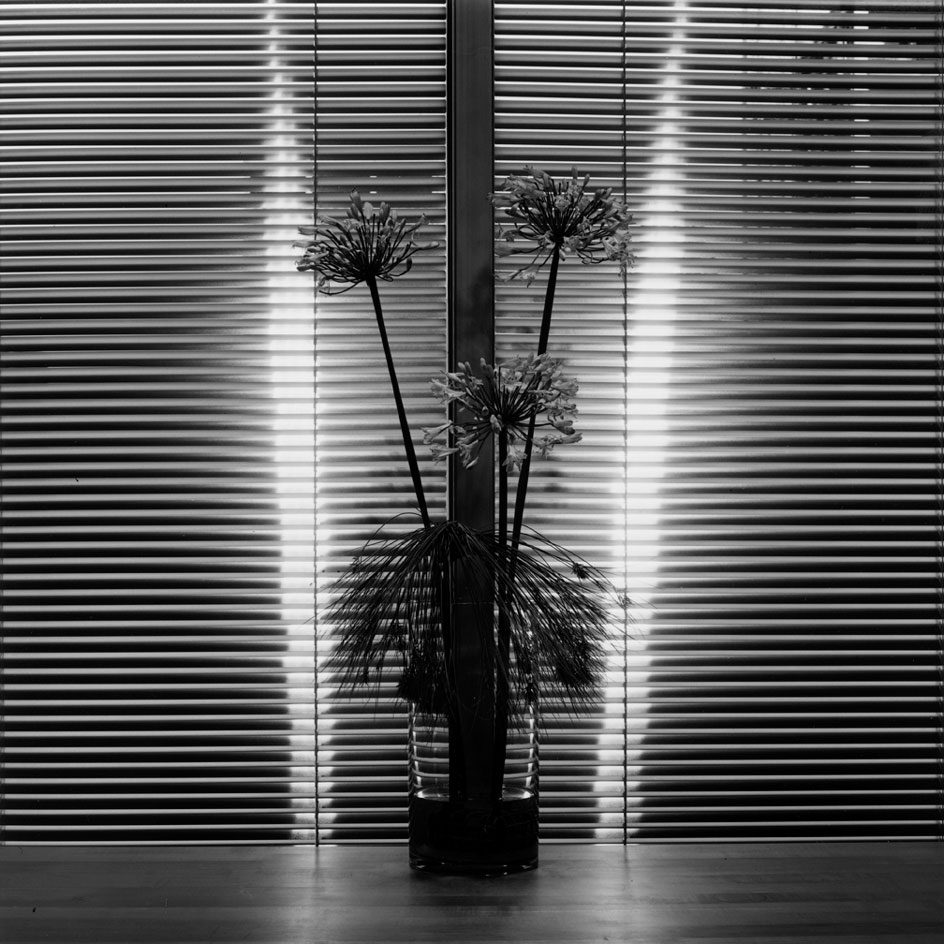
Flower, by Robert Mapplethorpe, 1980. Courtesy of the Los Angeles County Museum of Art and The Getty Research Institute Collection
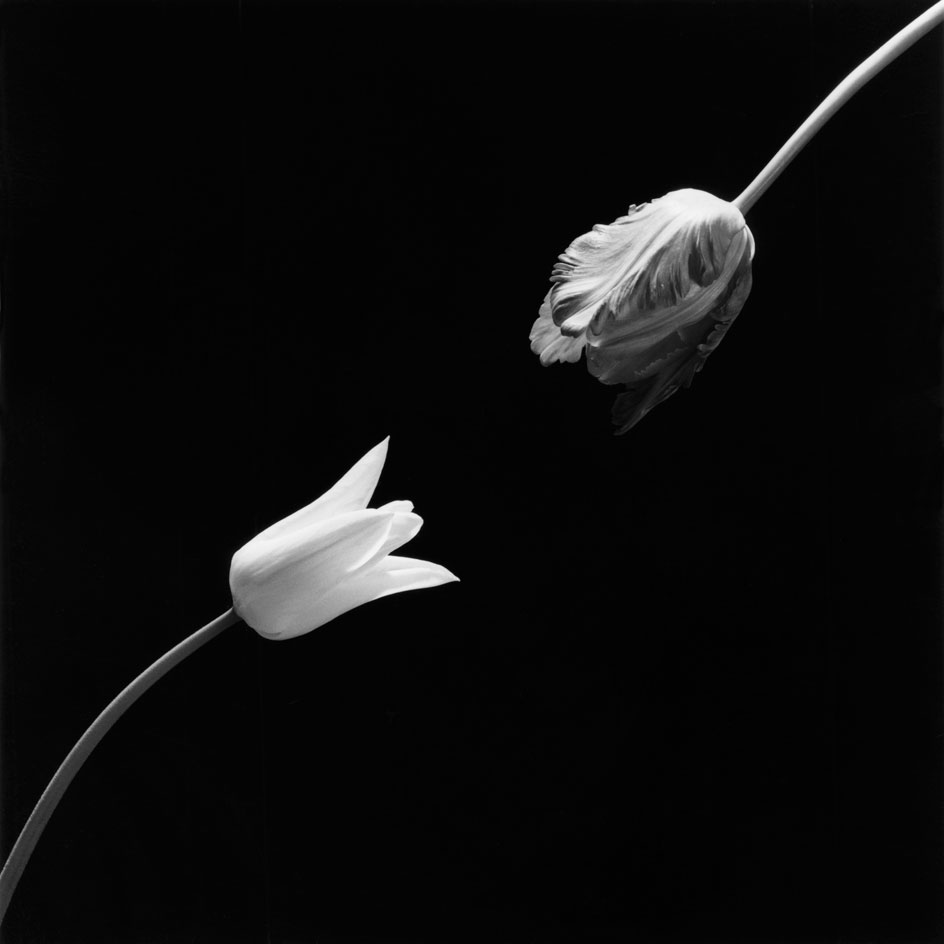
Tulip, by Robert Mapplethorpe, 1984. Courtesy of the Los Angeles County Museum of Art and The Getty Research Institute Collection
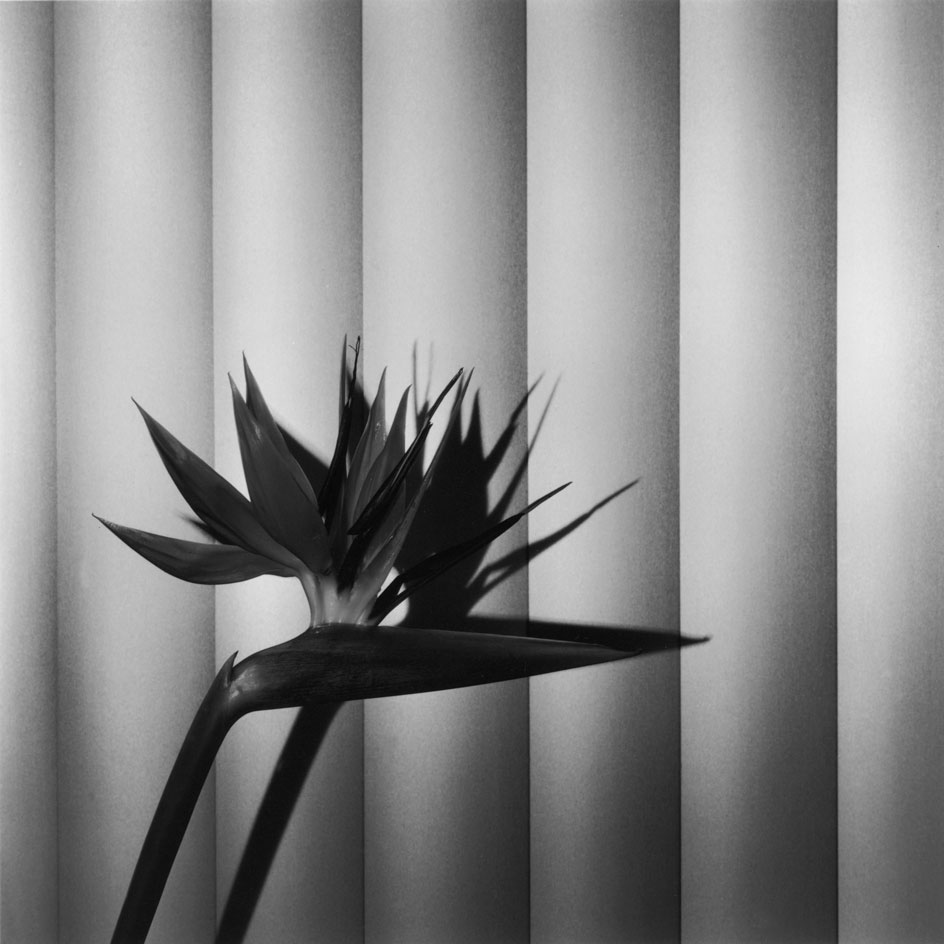
Bird of Paradise, by Robert Mapplethorpe, 1981. Courtesy of Galerie Thaddaeus Ropac and The Robert Mapplethorpe Foundation
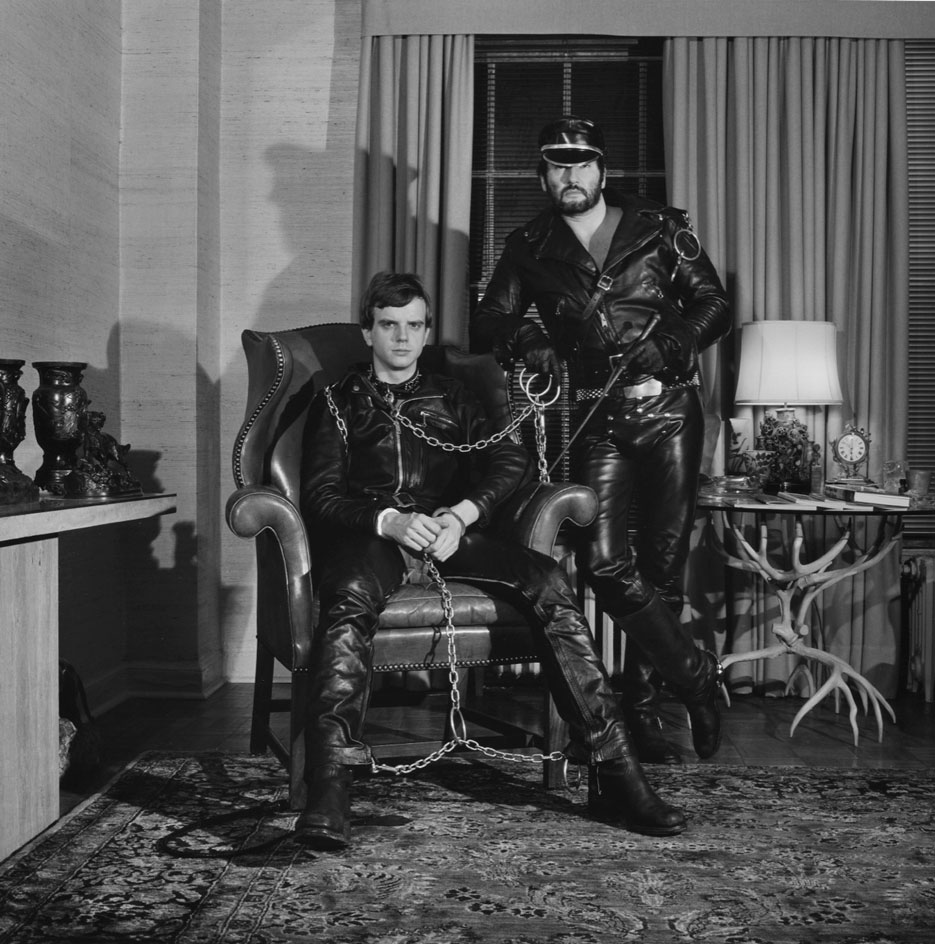
Jim Sausalito, by Robert Mapplethorpe, 1977. Courtesy of Galerie Thaddaeus Ropac and The Robert Mapplethorpe Foundation

Marino (pictured) has been a Mapplethorpe collector for decades, having met him briefly at Andy Warhol’s Factory. Photography: Manolo Yllera. Courtesy of the artist
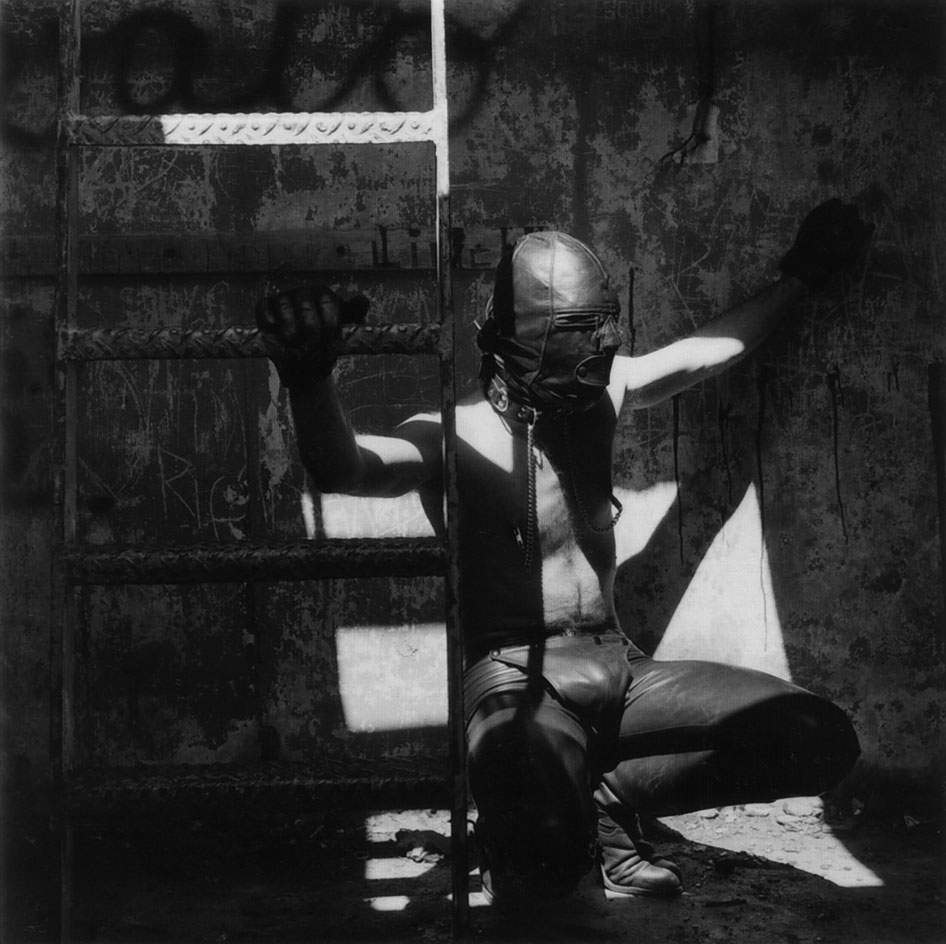
Jim Sausalito, by Robert Mapplethorpe, 1977. Courtesy of Galerie Thaddaeus Ropac and The Robert Mapplethorpe Foundation
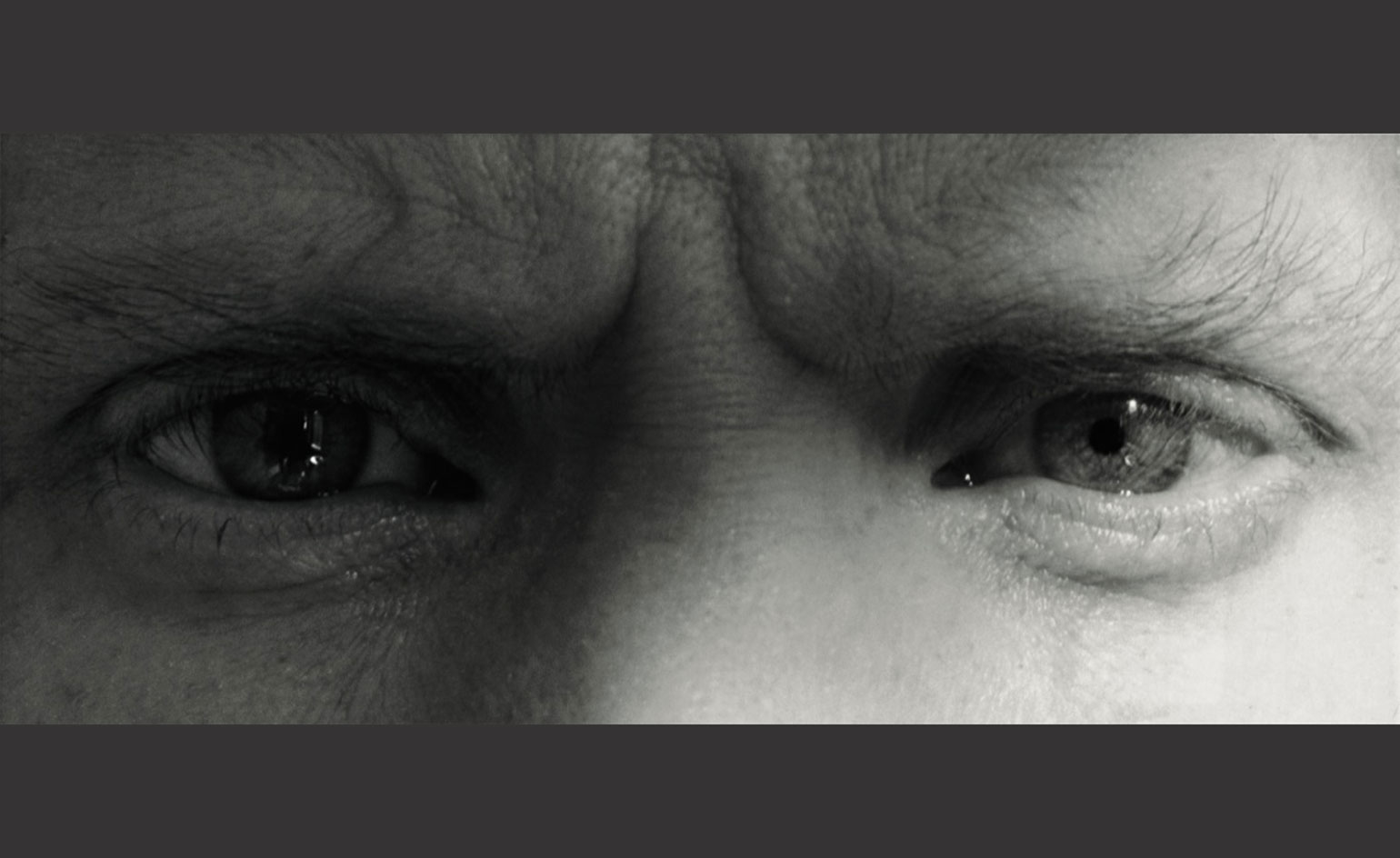
The fourth wall features a 1988 self-portrait of the photographer’s eyes, as if he has been watching everyone all along. Courtesy of Galerie Thaddaeus Ropac and The Robert Mapplethorpe Foundation
INFORMATION
'XYZ curated by Peter Marino' runs until 5 March. For more information, visit the Galerie Thaddaeus Ropac website
Photography: Courtesy of Galerie Thaddaeus Ropac and The Robert Mapplethorpe Foundation
ADDRESS
Galerie Thaddaeus Ropac
7 Rue Debellyme
Paris
Receive our daily digest of inspiration, escapism and design stories from around the world direct to your inbox.
-
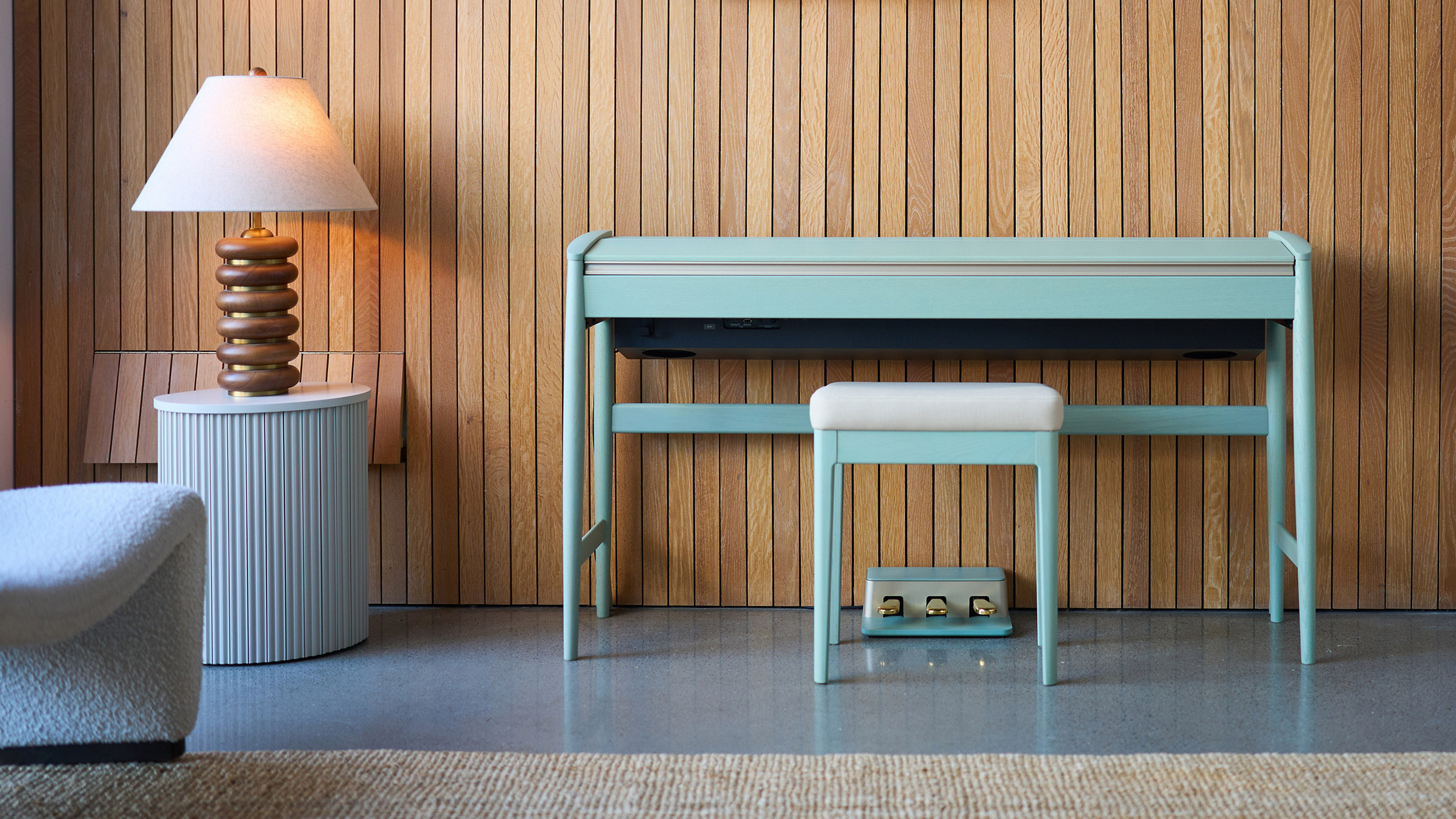 Roland and Karimoku expand their range of handcrafted Kiyola digital pianos
Roland and Karimoku expand their range of handcrafted Kiyola digital pianosThe new Roland KF-20 and KF-25 are the latest exquisitely crafted digital pianos from Roland, fusing traditional furniture-making methods with high-tech sound
-
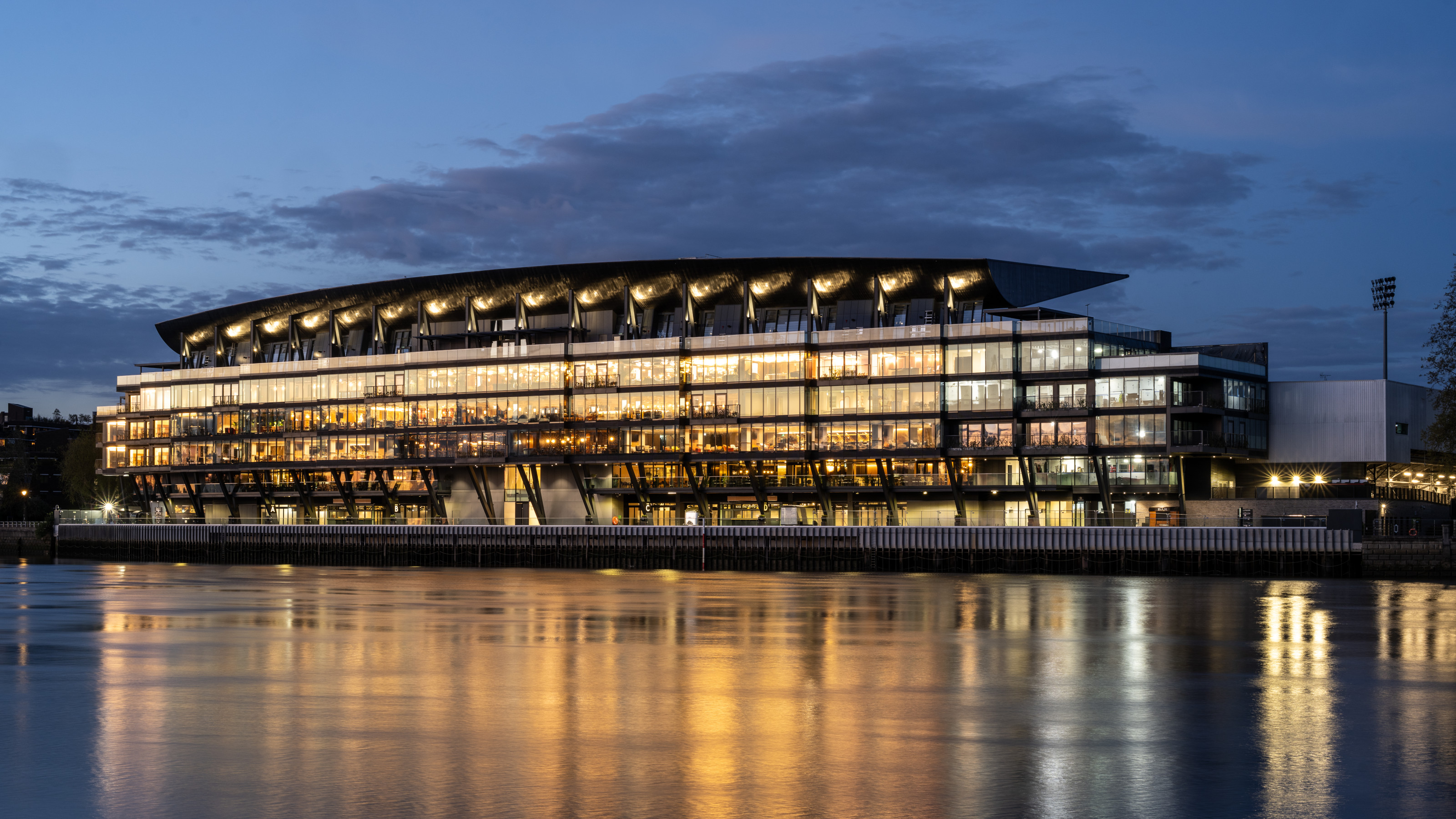 Fulham FC’s new Riverside Stand by Populous reshapes the match-day experience and beyond
Fulham FC’s new Riverside Stand by Populous reshapes the match-day experience and beyondPopulous has transformed Fulham FC’s image with a glamorous new stand, part of its mission to create the next generation of entertainment architecture, from London to Rome and Riyadh
-
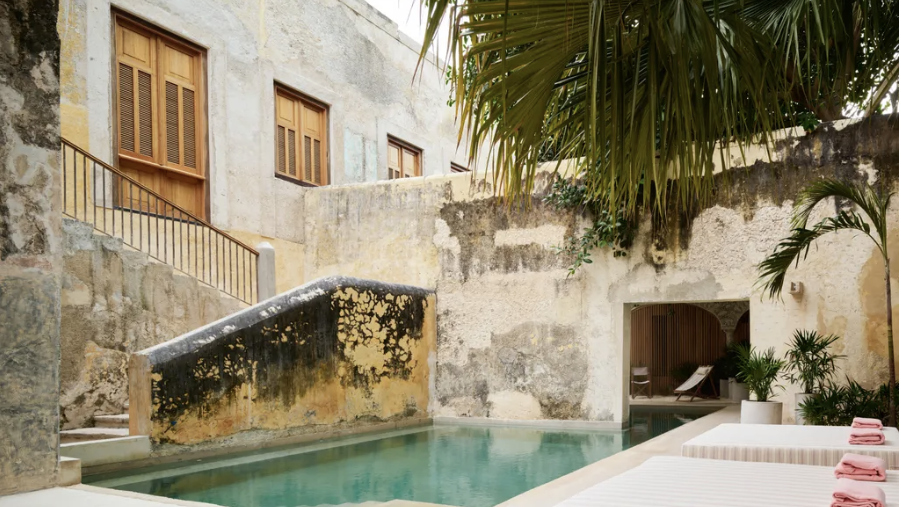 A contemporary Mexican hotel emerges from a 16th-century ruin in Mérida
A contemporary Mexican hotel emerges from a 16th-century ruin in MéridaA renovation project by Zeller & Moye, Mérida’s new Hotel Sevilla wears its architectural interventions lightly, mixing new brutalist elements into listed interiors and a palm-filled courtyard
-
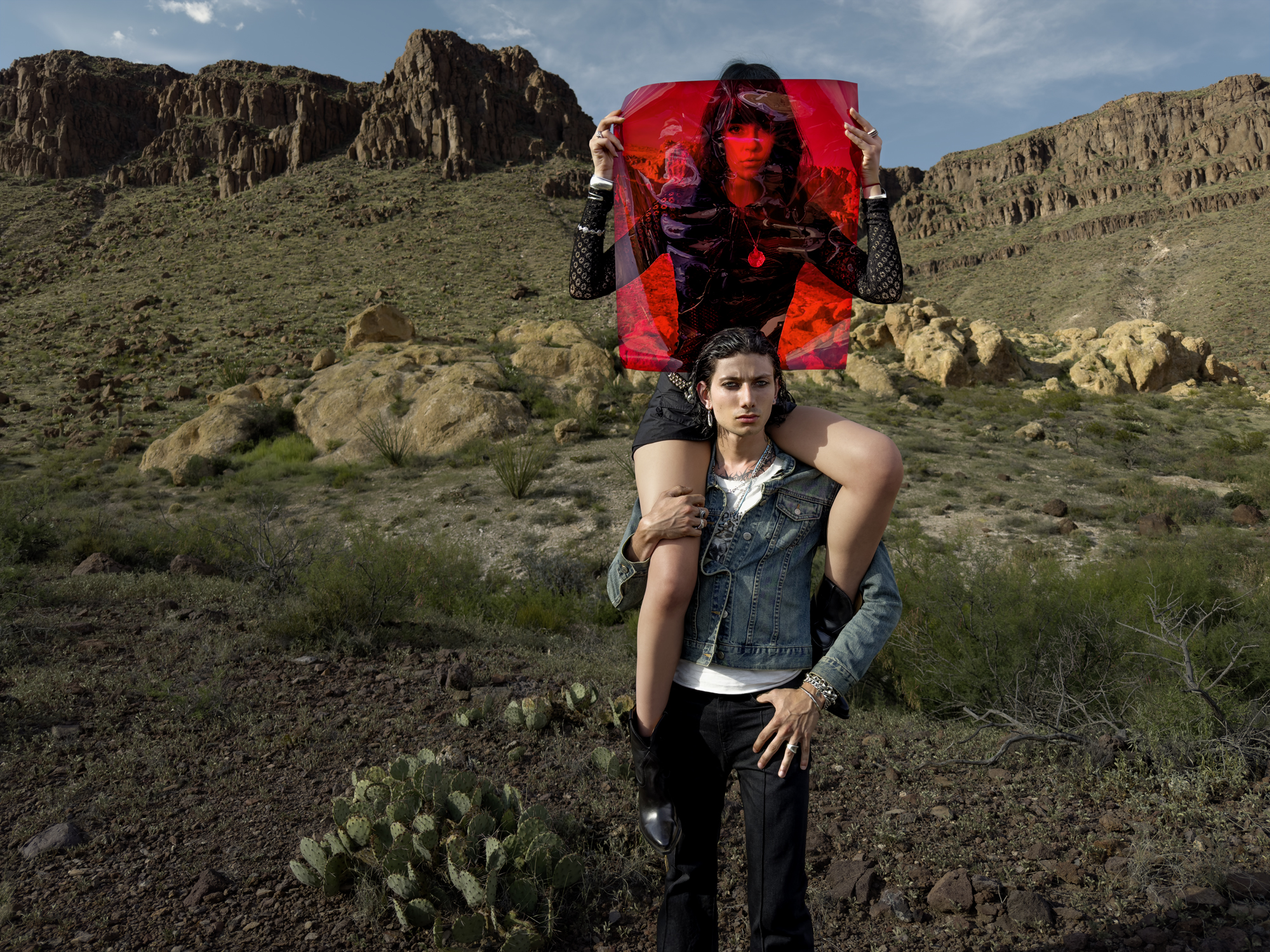 Inez & Vinoodh unveil romantic new photography series in Paris
Inez & Vinoodh unveil romantic new photography series in ParisA series of portraits of couple Charles Matadin and Natalie Brumley, created using an iPhone in Marfa, Texas, goes on show in Paris
-
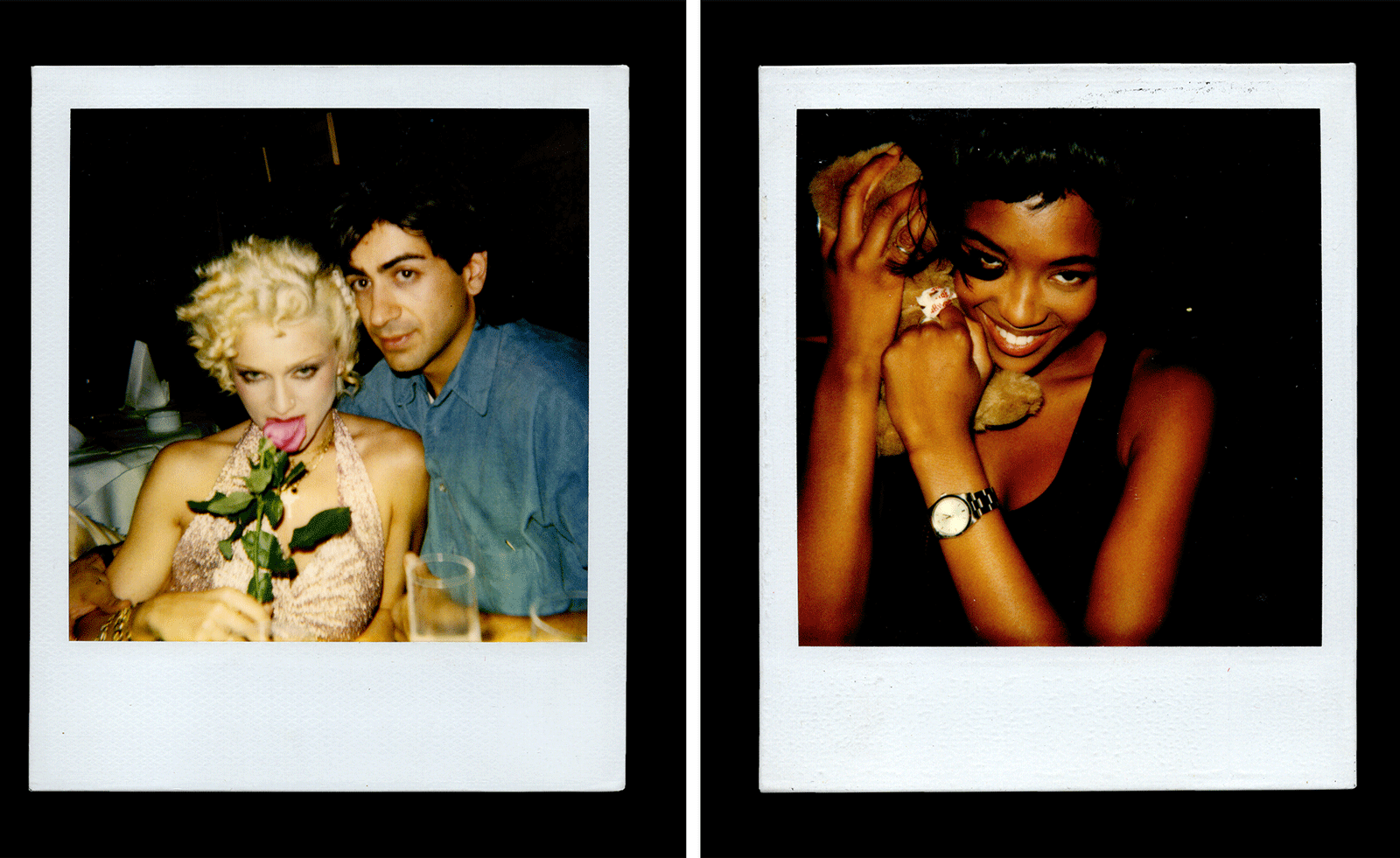 Inside Davé, Polaroids from a little-known Paris hotspot where the A-list played
Inside Davé, Polaroids from a little-known Paris hotspot where the A-list playedChinese restaurant Davé drew in A-list celebrities for three decades. What happened behind closed doors? A new book of Polaroids looks back
-
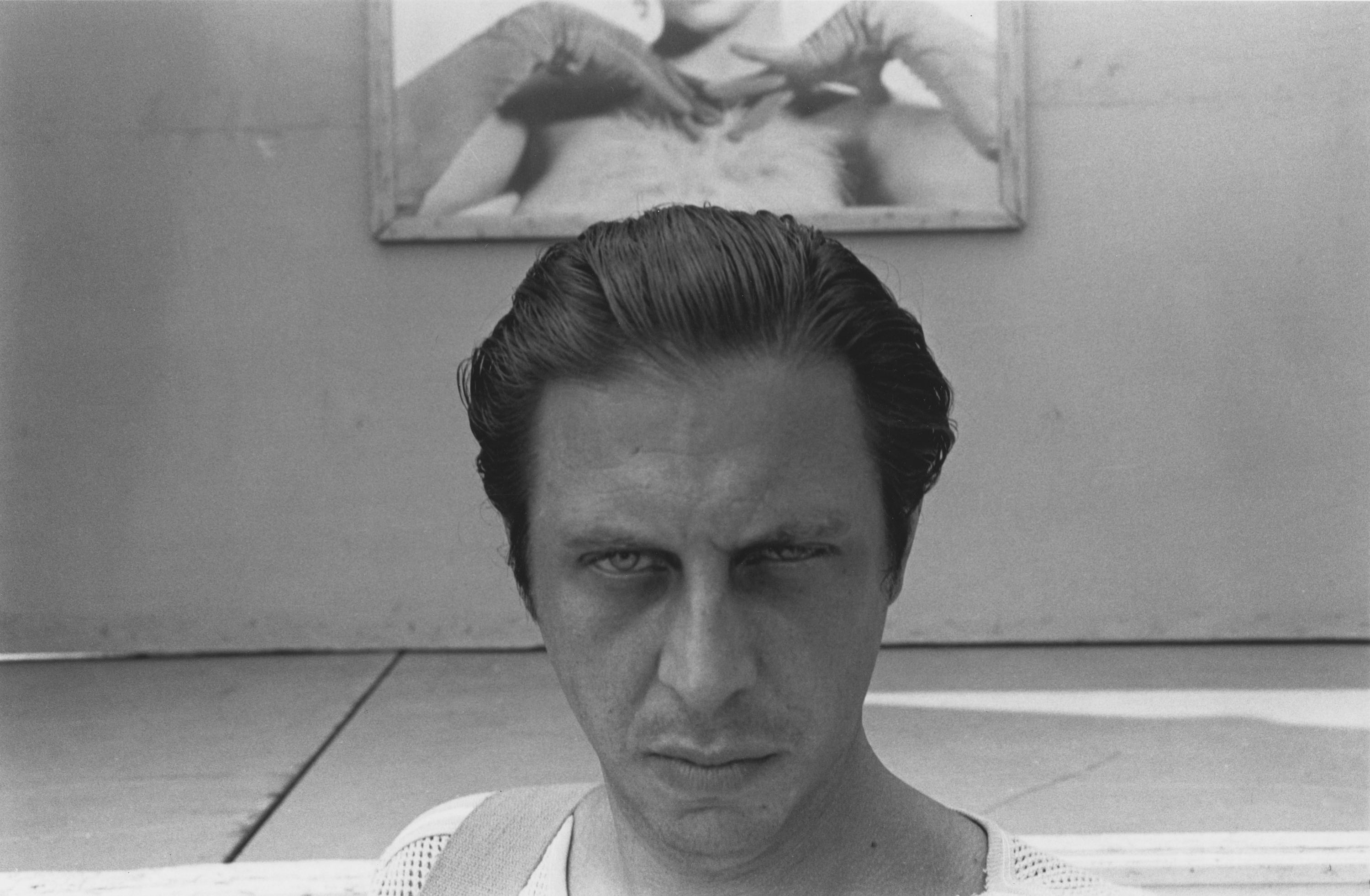 All eyes on Paris Photo 2025 – focus on our highlights
All eyes on Paris Photo 2025 – focus on our highlightsThe world's most important international photography fair brings together iconic and emerging names, galleries large and small – and there’s much to covet
-
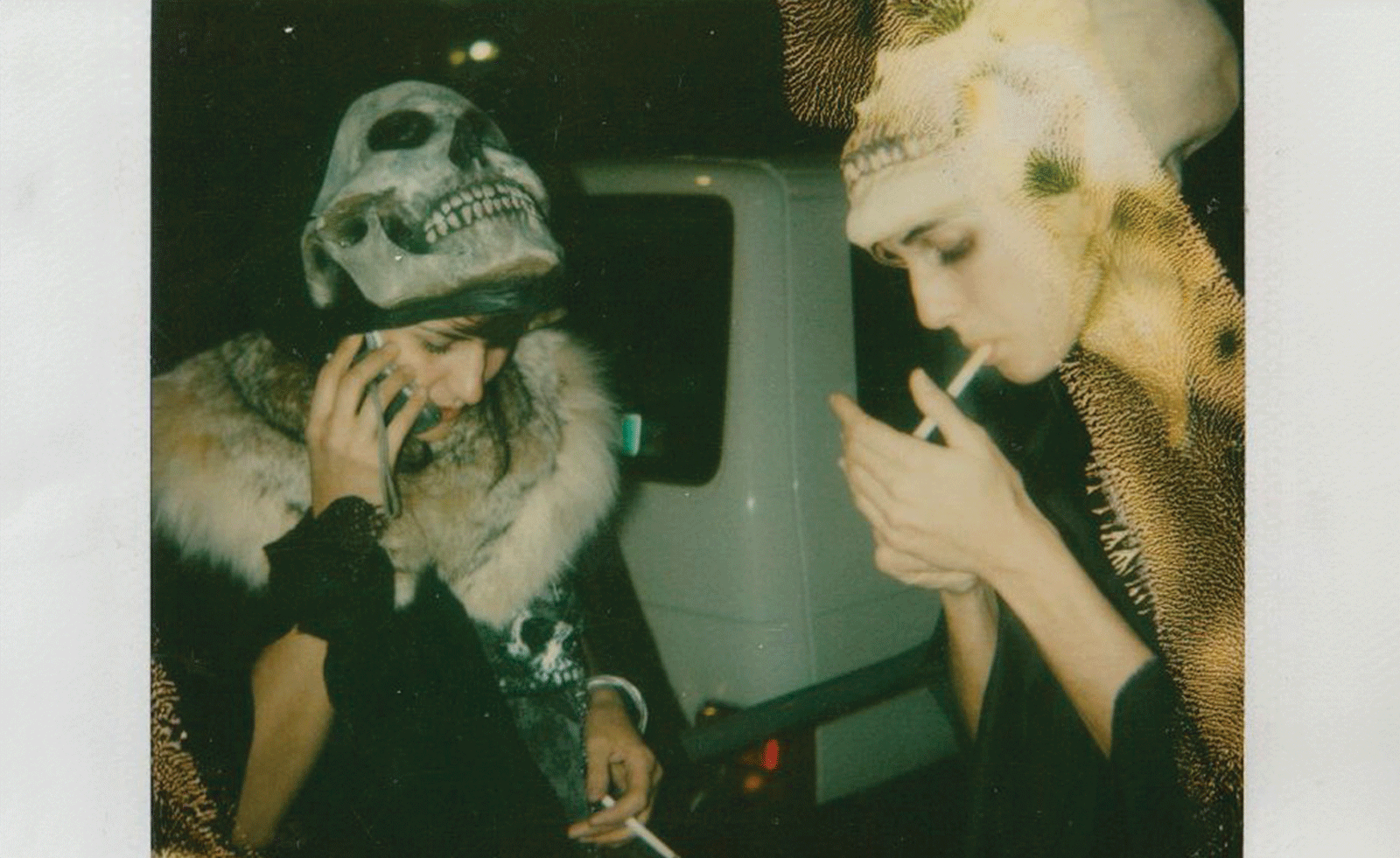 Ten things to see and do at Art Basel Paris 2025
Ten things to see and do at Art Basel Paris 2025Art Basel Paris takes over the city from 24-26 October. Here are the highlights, from Elmgreen & Dragset to Barbara Kruger and Dash Snow
-
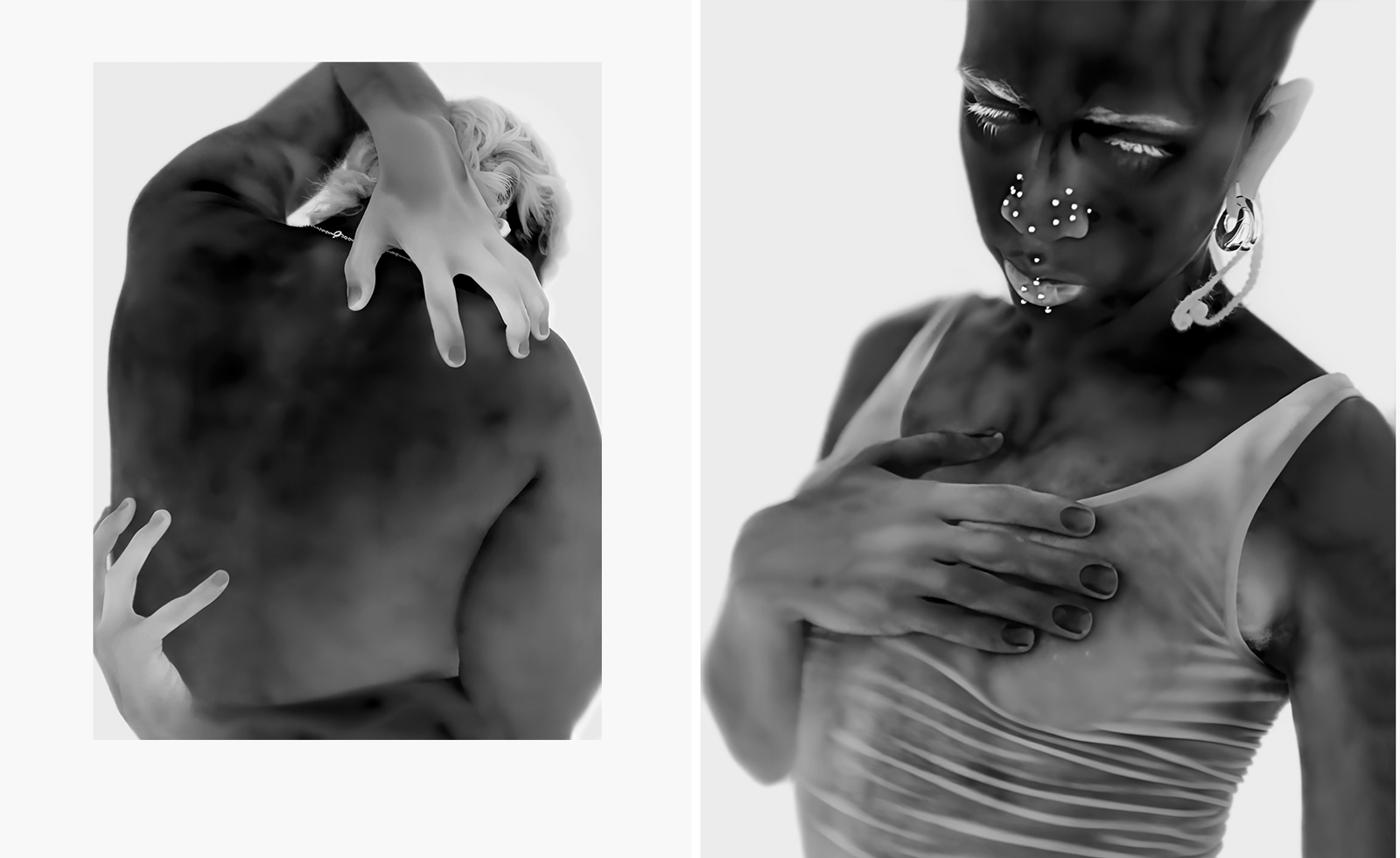 Yulia Mahr digs beneath the skin in her modern update of classic Greek statues in Paris
Yulia Mahr digs beneath the skin in her modern update of classic Greek statues in ParisIn 'The Church of Our Becoming', on view at the Courtyard at Dover Street Market Paris, Yulia Mahr celebrates real human bodies
-
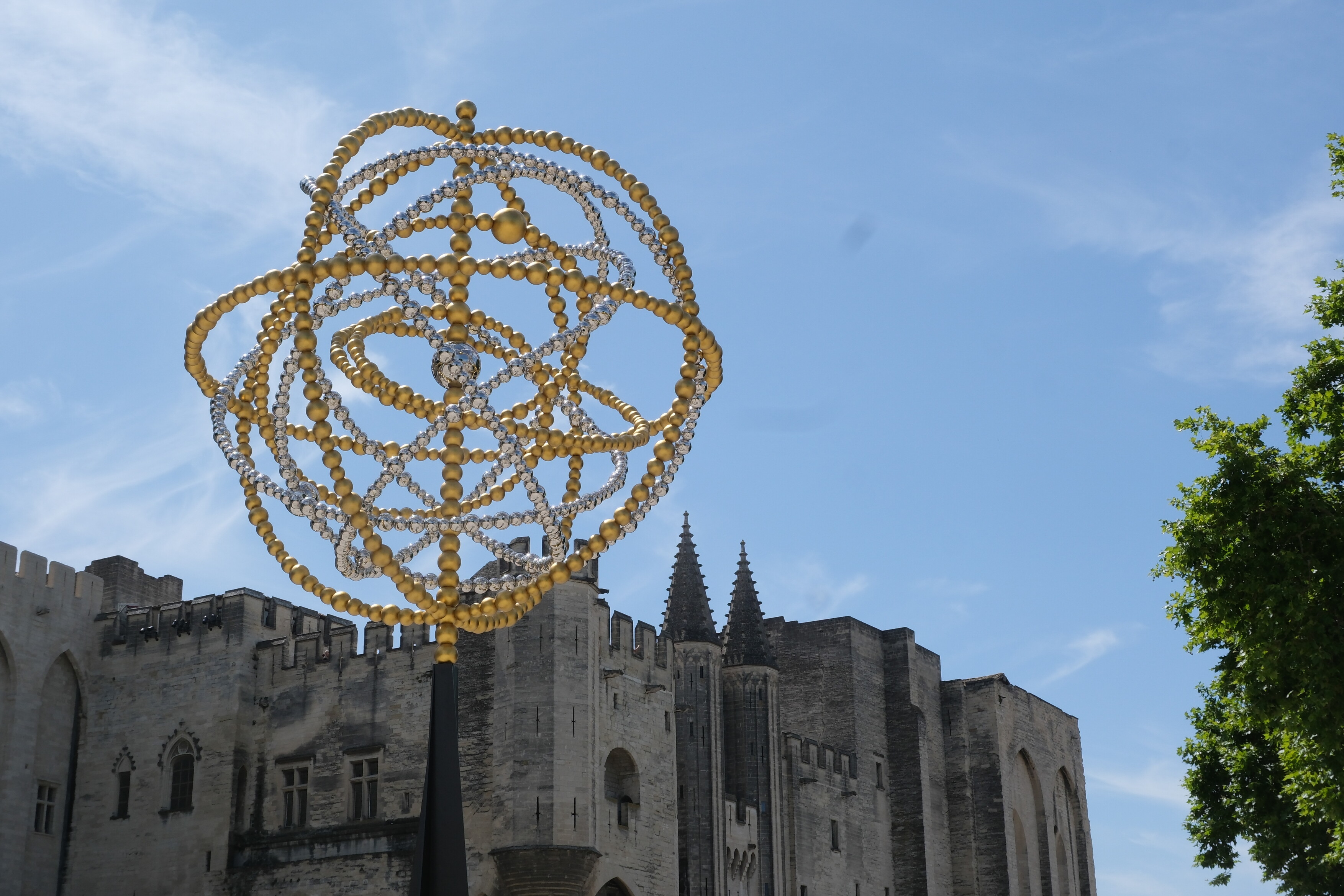 Jean-Michel Othoniel takes over Avignon for his biggest ever exhibition
Jean-Michel Othoniel takes over Avignon for his biggest ever exhibitionOriginally approached by Avignon to mark their 25th anniversary as the European Capital of Culture, Jean-Michel Othoniel more than rose to the challenge, installing 270 artworks around the city
-
 Joel Quayson’s winning work for Dior Beauty at Arles considers the theme ‘Face-to-Face’ – watch it here
Joel Quayson’s winning work for Dior Beauty at Arles considers the theme ‘Face-to-Face’ – watch it hereQuayson, who has won the 2025 Dior Photography and Visual Arts Award for Young Talents at Arles, imbues his winning work with a raw intimacy
-
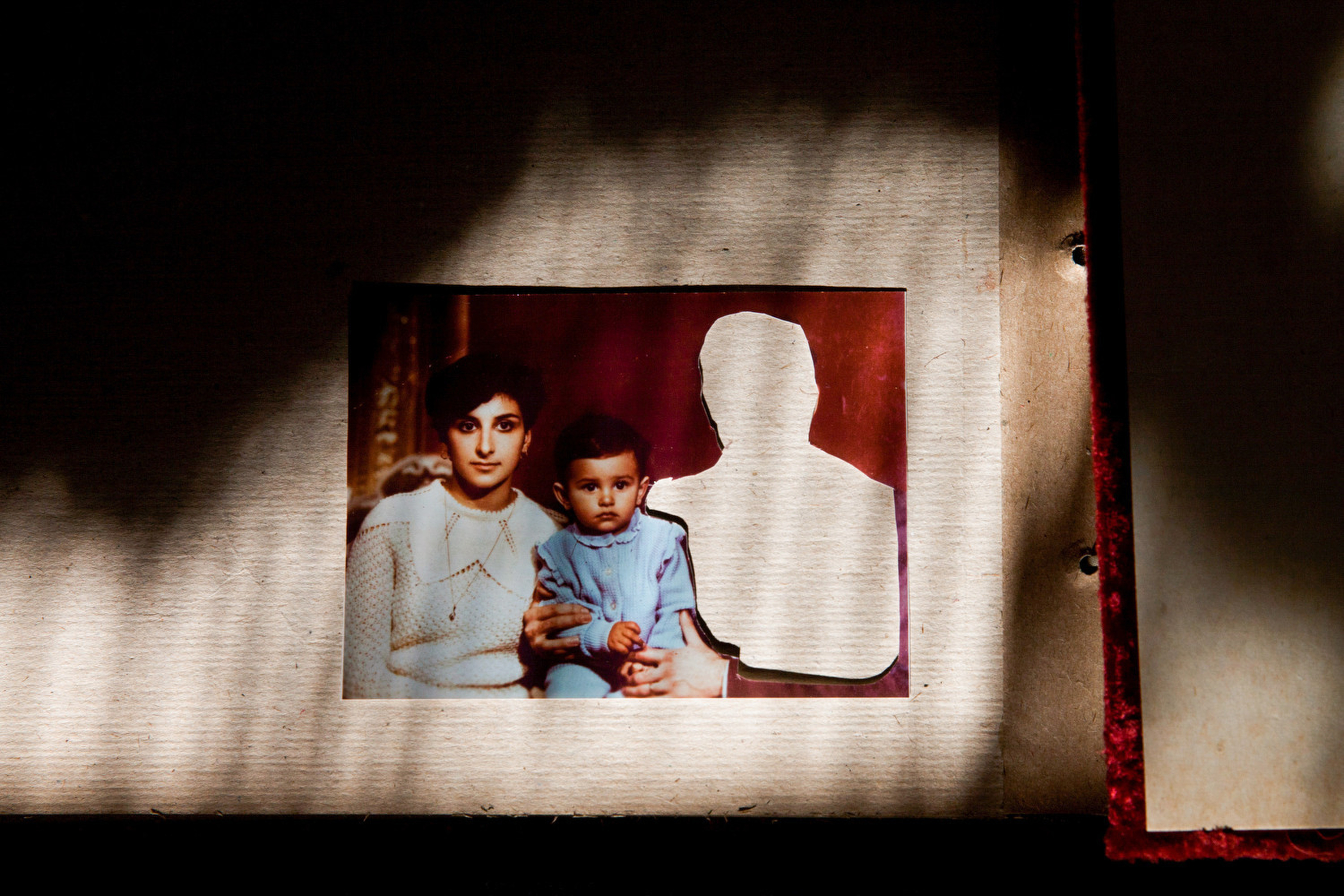 What to see at Rencontres d’Arles 2025, questioning power structures in the state and family
What to see at Rencontres d’Arles 2025, questioning power structures in the state and familySuppressed memories resurface in sharply considered photography at Rencontres d'Arles 2025. Here are some standout photographers to see